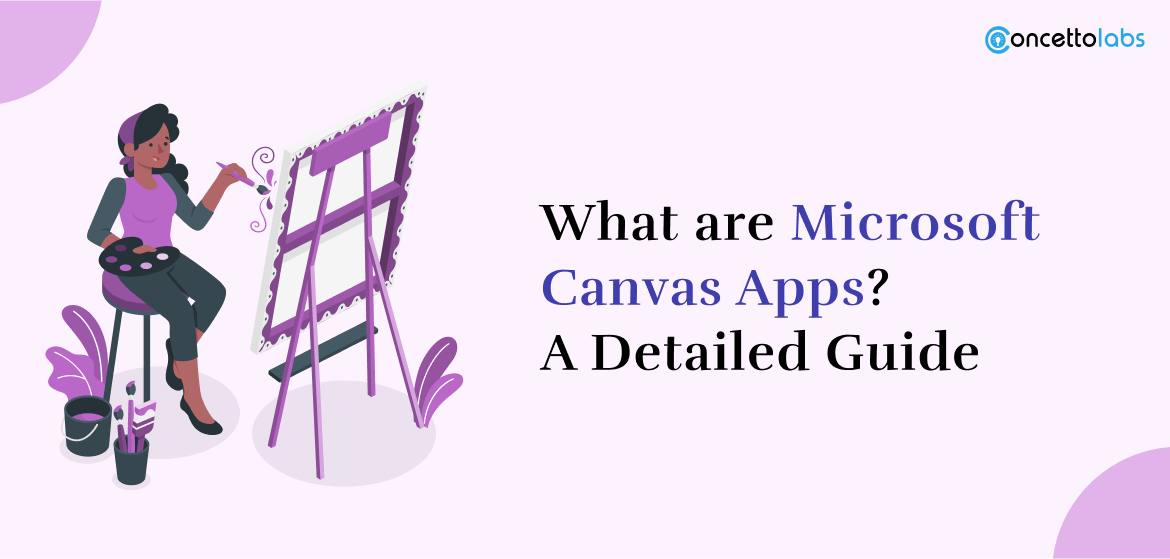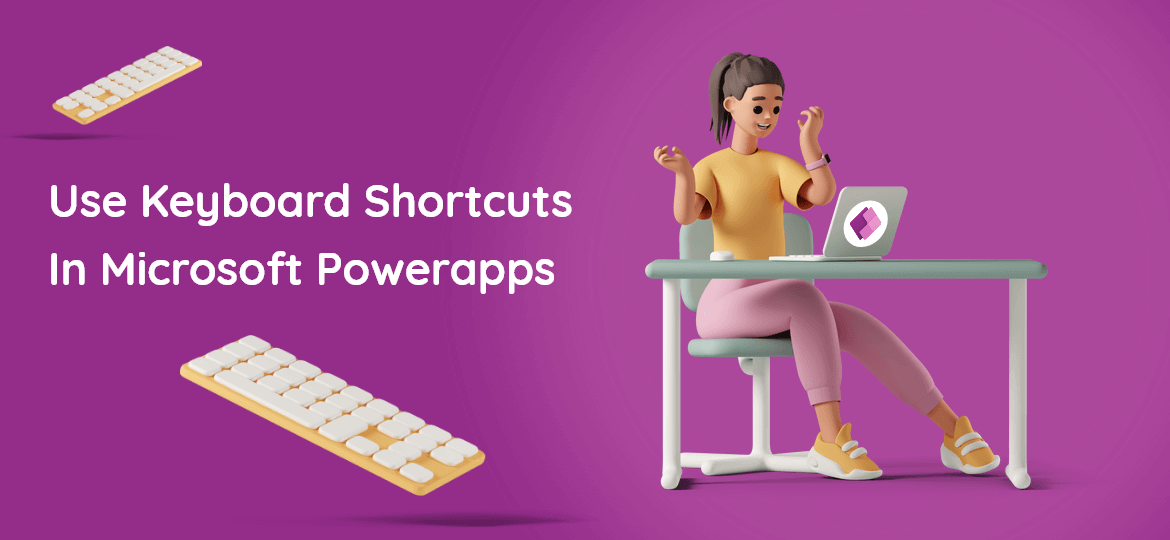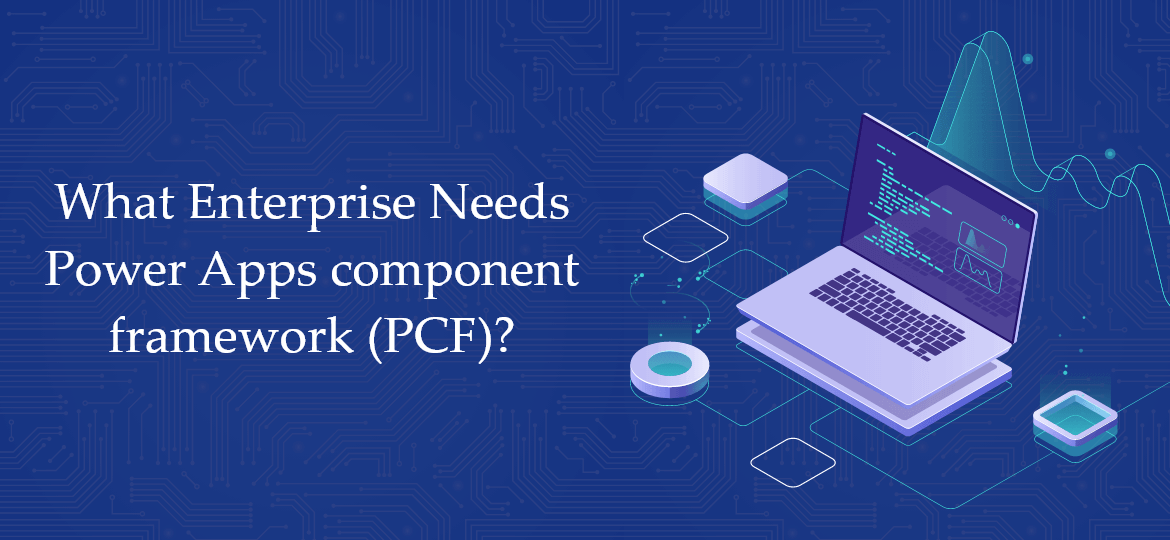
Yes, absolutely! there’s an app for that.
We might have heard this statement an innumerable number of times and thought it’s just too repetitive to be used. An app for this and an app for that, but does it really matter if it’s of no use to you?
Not really with Microsoft PowerApps!
Microsoft PowerApps has leveraged developers a platform that helps them to build custom mobile and desktop applications. There are no heavy coding standards and experience needed. All you can do is just build an app that meets your multiple needs. You can even link your existing data sources into PowerApps and build a unique application. It allows developers to link over 200 sources and 100 templates to build the application your way.
Since 2018, Microsoft allows its developers to build code-free apps in two ways: The Microsoft canvas app and the model-driven app.
But, how does they differ from each other?
Let’s find out by starting with the basics.
What is PowerApps and what does it do?
Do you want to build an app for your business without writing a single line of code?
PowerApps help you to do that. It is a platform-as-a-service that allows you to drag and drop components and build an app. Be it Android or iOS and any business use case you can build app right from the simple 3-step workflow app to the complex app.
So now you’ve got an outline of how PowerApps work, let’s get to know the Canvas App and Model App, understand its difference and choose it wisely.
1. What is Canvas App?
Canvas app in PowerApps helps developers to design and build apps as per the project scope. Microsoft canvas provides a comfortable environment to help developers create what they need.
Rather than using any programming tool or coding the app, the Canvas design app allows developers to drag and drop elements in Canvas and build an app. Throughout app development, developers can format the right conditions and settings needed to make an app work.
If you’re using existing data sources, you can create apps that integrate directly with the sources without any issues. All this can be done by using Microsoft third-party sources that are highly compatible. Developing over 200 unique data integration sources including Dynamic 365, Office 365, SQL, CDS, and Sharepoint, one can create fully-customized apps that can be shared amongst any organization members.
2. Model Apps
If your app requires complex business logic, you need to build a “model app”. These apps can run either as a standalone app or as a backend to the canvas app. One of the major benefits of Model-driven apps is to generate data models that allow data input and defines a structure that confirms your information.
No matter whatever the source may be, the app conforms to your data and not the other way around. Similarly, whenever you build an app, having a consistent business process can be a crucial deciding factor. These various steps that make up an entire process can prove to be fatal for the app’s successful creation.
Once everything is done, you can use your app designer to build a final product. No matter whether the app is easy or complex, what matters is the steps followed till completion. The simple app architecture allows you to tailor the app, without creating a new code.
Canvas vs Model Drive Apps: How do they differ from each other?
1. Canvas Desktop App:
Here, Power Apps started as a visual tool to drag and drop components in a canvas and develop an App. You can connect to a data Source, select elements such as search, contact, form, sort, etc. and edit, customize them on the canvas design app in your desired way.
2. Model-Driven Apps:
In 2018, Microsoft launched the Model-Driven approach to build a highly complex and challenging app with integration to the core Microsoft products like Dynamics 365. Such type of app development composes of multiple components that include charts, forms, dashboards, views, business processes, etc.
Related: How Microsoft PowerApps A Leader In Low-code Development Platforms
3. Here are the salient features and differences
Microsoft Canvas App started with the user interface where a user can extensively design and build their app as per their need and requirements.
Model-Driven Apps are highly focused around the business model, logic, workflow, and data sources to build complex and streamlined navigation, forms flow, etc.
Model-Driven Apps are built for highly complex business apps where there is a multi-layered user-flow with complex business logic that have the ability to generate data models.
In Canvas App, the design and interface are completely under the control. While in Model Apps, they are controlled by data and operational workflow. Here, your input decides your outcome. The layout, design, and functionality are prototyped and variations are quite limited.
You can literally build any app with the help of Power Apps. The comparative approach is to get through with how Model-Driven Apps give control of structure where the Canvas Apps which give you control of the user experience.
4. Interested in leveraging PowerApps for your Business?
Concetto Labs is an end-to-end Microsoft business service provider that leverages simple to complex apps to innumerable enterprises globally. Our development team is highly experienced to build Microsoft integrated applications since its inception. If you’re looking for a Microsoft partner to handle your integrated app development affairs, Concetto Labs is the best option to extend your development team.
What is Microsoft Canvas App?
A detailed guide from Starting to end!







 Indonesia
Indonesia
 Botswana
Botswana
 USA
USA
 Italy
Italy
 Panama
Panama




 USA
USA UK
UK Saudi Arabia
Saudi Arabia Norway
Norway India
India Australia
Australia